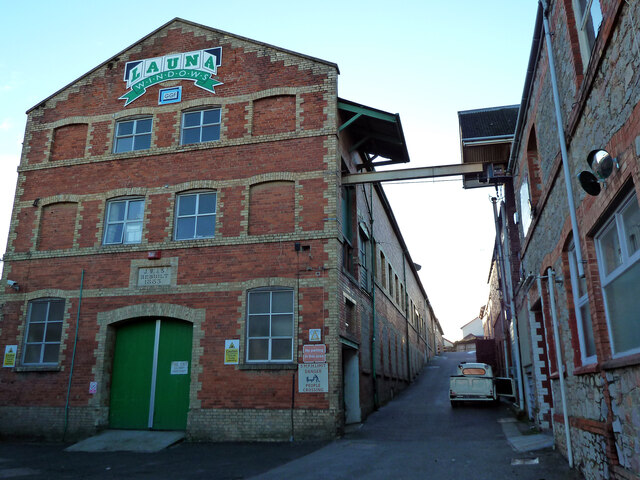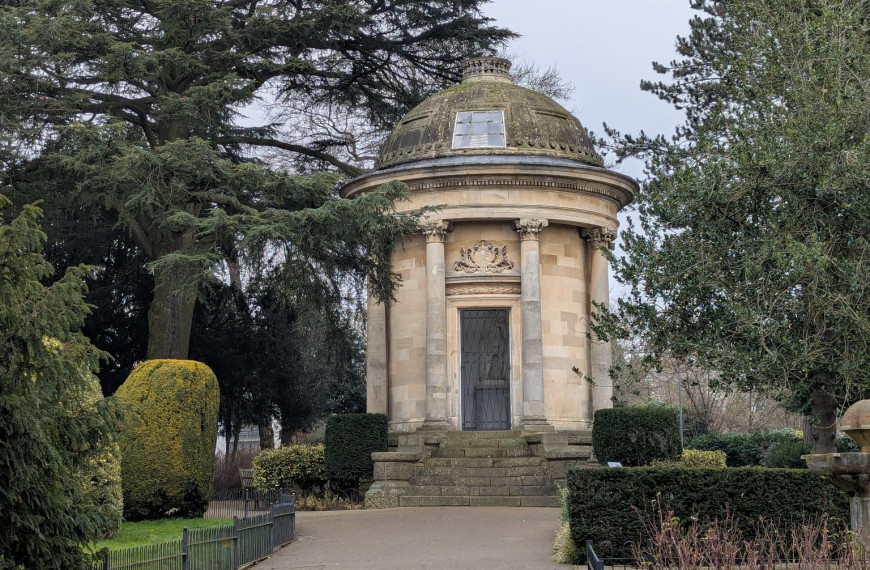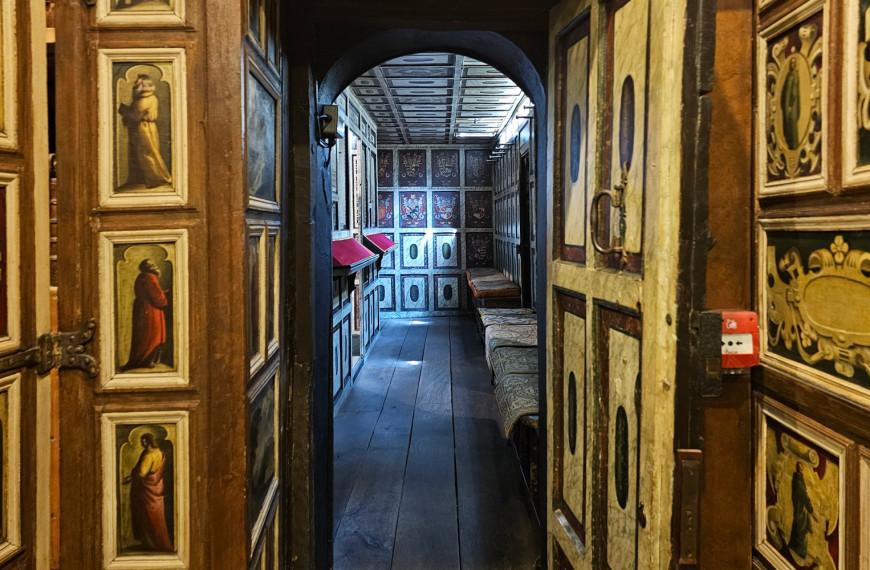
Photo © Chris Allen (cc-by-sa/2.0)
Historic Buildings & Places (HB&P) expresses deep concern with Teignbridge Council’s decision to demolish the historic Bradley Lane Mills in Newton Abbot using permitted development rights without any clear vision for the future of the site.
Milling on this site dates back to the 13th century and the existing buildings, which date from 1883, are significant as the last phase of that long milling history. Despite Bradley Lane not being a high street, nor in the town centre, Teignbridge Council have resolved to spend ‘levelling up’ money from the Future High Street Fund to demolish these architecturally characterful mill buildings. Demolition would permanently erase this tangible link with Newton Abbot’s history.
HB&P published a letter to Council in July objecting to the reallocation of funds for demolition, together with SAVE Britain’s Heritage, the Victorian Society, World Monuments Fund Britain, and the Newton Abbot & District Civic Society.
Liz Power, Director of Historic Buildings & Places, said: “It is disappointing that Teignbridge Council has chosen to avoid public scrutiny and use demolition permitted development rights when there is no clear vision for the future of the historic Bradley Lane Mills site. Councils across England have used their Future High Street Funds on conservation-led regeneration projects that celebrate their town’s local cultural heritage. Teignbridge Council should use their public funds to develop a masterplan for the regeneration of this publicly owned site, not to create a blank canvas for the benefit of a private developer.”
Investing in historic buildings for housing can act as a catalyst for wider positive change and renewal and is an opportunity to foster civic pride and create characterful places where people want to live and work. Teignbridge Council has a final chance to celebrate Newton Abbot’s heritage rather than erase it and HB&P believes the reuse of these historic buildings is vital to the regeneration of Newton Abbot and the move towards net zero carbon.
One Council inspired by their local heritage is Mansfield, Nottinghamshire, where the borough council owns a similar former industrial site next to the town centre with unlisted buildings of historic interest that have stood derelict for more than a decade. Mansfield Council has developed a conservation-led scheme that recognises its historic streetscapes and reuses the former warehouses as community and employment spaces, while adding a range of new buildings that contain both family homes and apartments to meet its diverse local housing needs and targets.
Further, a recent report published by Historic England, ‘Heritage Works for Housing’, highlights the potential of historic buildings to contribute to housing supply. The report emphasises that redundant textile mills in Yorkshire and Lancashire alone could provide 42,000 new homes, illustrating how underutilised sites like Bradley Lane Mills could help meet housing needs while preserving local heritage.
Without a clear vision, Teignbridge Council should halt the premature demolition of the mill buildings and support sustainable reuse and development and celebrate its local heritage.
Notes:
- Link to the public letter published in the Mid-Devon Advertiser, July 2024.
- Further information on the Mansfield White Hart Street project, including JPEG images.
- Historic England, ‘Heritage Works for Housing’ report
- Historic Buildings and Places is a national amenity society and charity that advocates a sustainable future for historic buildings and places of all ages and all types, and plays an important role in the planning system as a statutory Consultee on Listed Building Consent applications. We were previously known as the Ancient Monuments Society until October 2021 when we adopted Historic Buildings & Places as our working title.
- For further information get in touch with our team.


